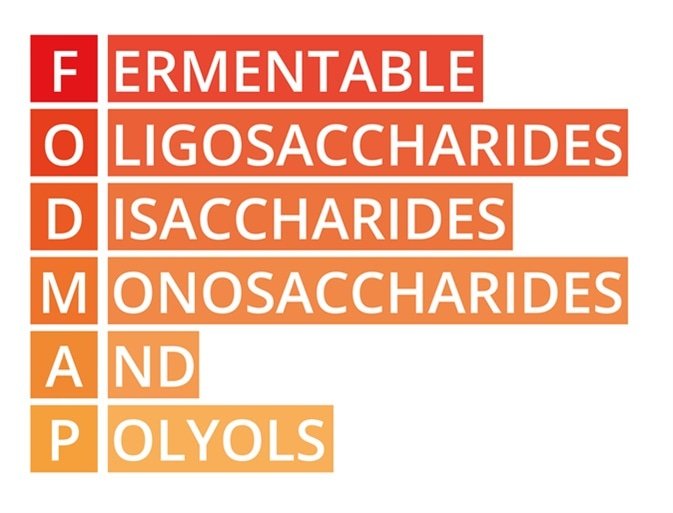Are FODMAPs the answer to IBS?
/If you’ve been searching for answers to bloating, gas and other gut issues, chances are you’ve probably come across the low FODMAP diet. But what does it mean? Here’s all you need to know about navigating a low FODMAP diet in our high FODMAP world.
What exactly is the low FODMAP diet?
Developed here in Australia, the Low FODMAP diet is a short-term elimination diet that aims to help IBS sufferers manage and treat their symptoms better. FODMAPs are types of carbohydrates found in certain foods that are strongly correlated with digestive symptoms such as gas, bloating, abdominal cramps, constipation and diarrhoea. A Low FODMAP diet aims to temporarily reduce or eliminate certain known triggers in a bid to alleviate digestive complaints.
What are FODMAP foods?
The FODMAP acronym refers to Fermentable Oligosaccharides, Disaccharides, Monosaccharides and Polyols – basically a bunch of sugars your body breaks carbohydrates into. The list of high FODMAP foods is pretty long, so it’s handy to remember the 5 biggest culprits: onion, garlic, apples, cabbage and legumes. Add to this list many other fruits (stonefruits, melons), vegetables (broccoli, cauliflower, mushrooms), dairy products (milk, cheese, icecream), sweeteners (honey, xylitol), grains (bread, pasta, cereal) and beverages (beer, fruit juice, soft drink), and you start to understand why a low FODMAP diet can be beneficial in identifying your personal triggers.
Are FODMAP foods bad for you?
Not necessarily, although FODMAP foods can create a lot of abdominal discomfort in many people. When our body breaks these FODMAP carbohydrates down to sugars, the sugars aren’t absorbed very well by our small intestine, so they end up travelling to our colon. This is where problems begin, with your gut bacteria consuming excess sugars and releasing gas. Despite this being a normal function of your gut flora, people with IBS often end up with unwanted digestive symptoms as a result.
How does a Low FODMAP diet work?
It’s generally broken down into 3 stages: Elimination, Reintroduction and Personalisation. The Elimination phase involves removing high FODMAP foods from your diet for 4-8 weeks and replacing them with low FODMAP foods. This gives your digestive system a chance to recalibrate before the Reintroduction phase.
Reintroduction is the most important phase in my opinion, and the one that people often get wrong. I see many clients that remain stuck in the Elimination phase for months or even years because they’re too scared of adding high FODMAP foods back into their diet for fear of symptoms returning. When reintroducing high FODMAP foods test one food at a time, and never on consecutive days.
Personalisation involves returning to a diet as usual as possible, whilst removing those select foods that are your personal triggers. If your symptoms return it doesn’t necessarily mean you’ll never be able to eat that food again, you can just keep it removed from your diet to test again in the future.









